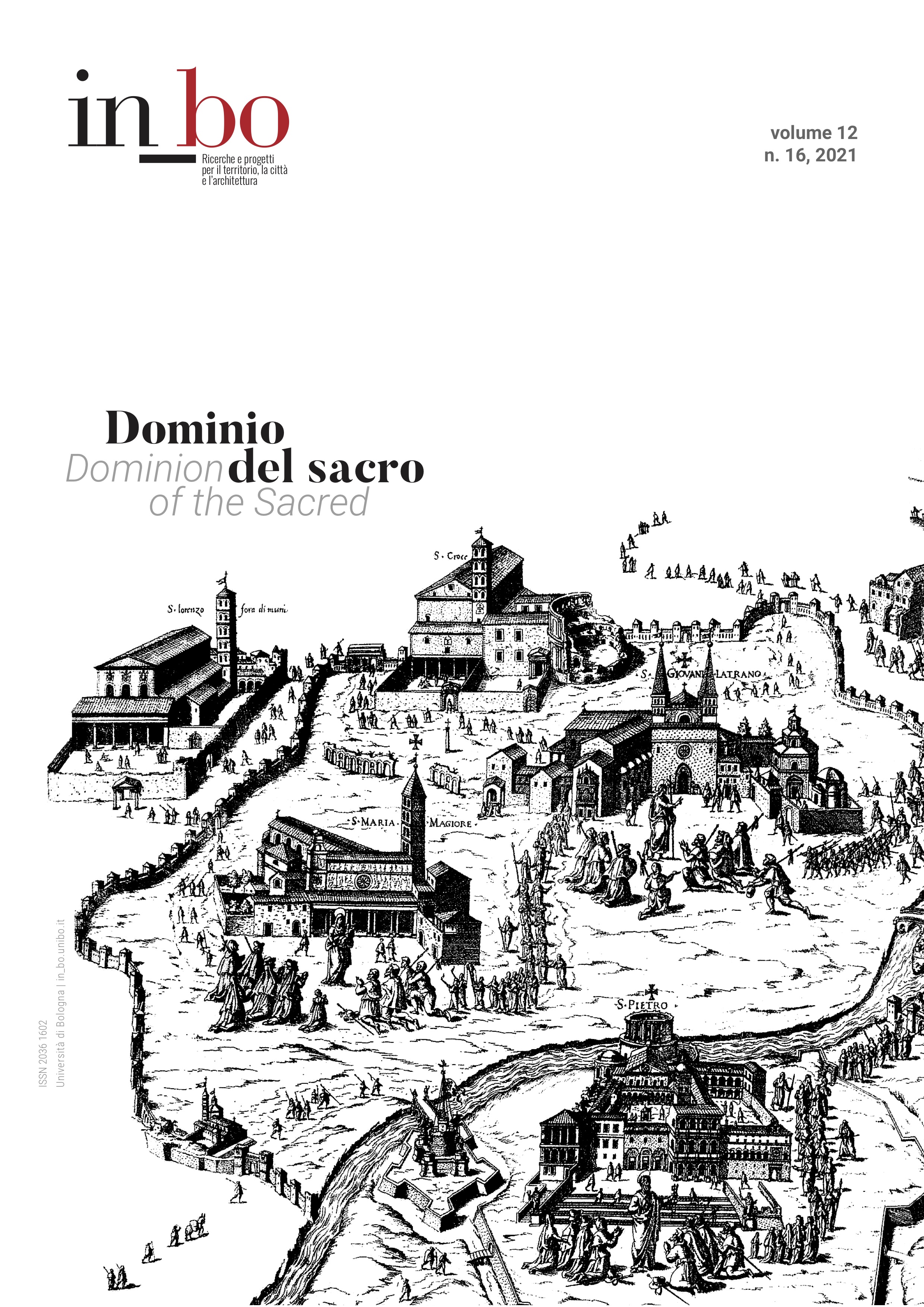The Factory of Concord: The First Perspective View of Fabriano
DOI:
https://doi.org/10.6092/issn.2036-1602/12718Keywords:
Fabriano, Domiziano Domiziani, Giovanni Andrea Gilio, Francesco Stelluti, Academy of the Disuniti, Lincei AcademyAbstract
The first two perspective views of Fabriano (probably coming from a from life drawing made for a historical-corographic essay written in the half of the Sixteenth century by the dominican Giovanni Domenico Scevolini) are a late Sixteenth-century devotional painting by Domiziano Domiziani, and a 1630 Matthaeus Greuter’s engraving. They seem to be connected to each other and linked to the projects of the local “Accademia dei Disuniti”. This academy had been founded as a political instrument of integration, aiming at mixing the different political parties in competition for the government of Fabriano, by then incorporated in the Pontifical State. The essay shows the propagandistic use of the town view and of the local cults favoured by the Academy, and mainly by its leader, the Fabrian born priest Giovanni Andrea Gilio (who was one of the most important theorists of the Counter-Reformation rhetoric and aesthetics), devoted to celebrate the urban harmony, following the classic postridentine style of thinking. These images, actually, redirect their power to favour the town, aiming at being raised to bishopric.
The use of the town view as a symbol of the political harmony follows a previous local late medieval tradition and becomes a tool of resistance and political courtier mediation, instead of working as an act of disciplinement; which was also imitated by the “Lincei” academians, led, in 1630, by their Fabrian born Secretary Francesco Stelluti.
Downloads
Published
How to Cite
Issue
Section
License
Copyright (c) 2021 Giorgio Mangani

This work is licensed under a Creative Commons Attribution-NonCommercial 3.0 Unported License.





